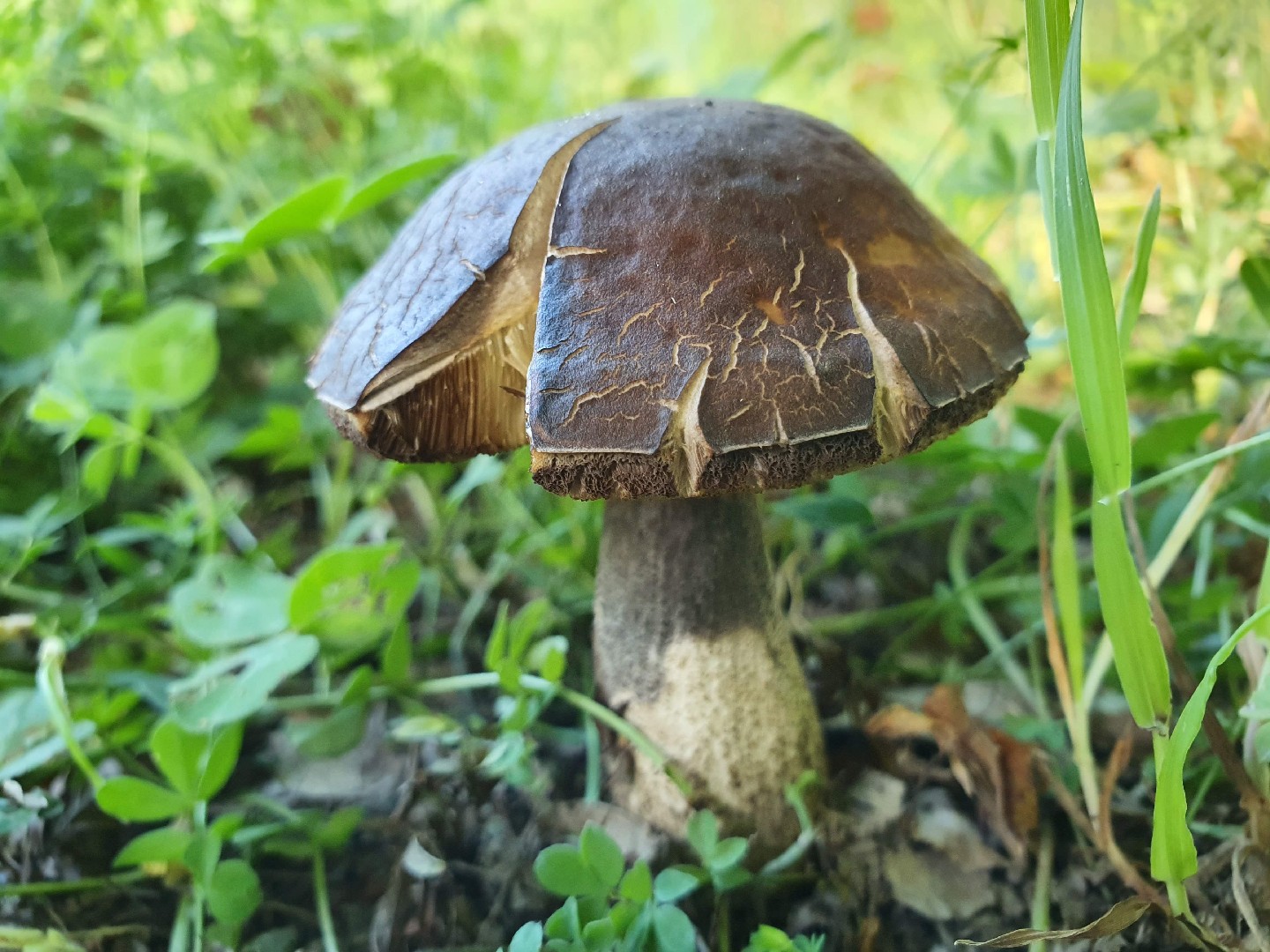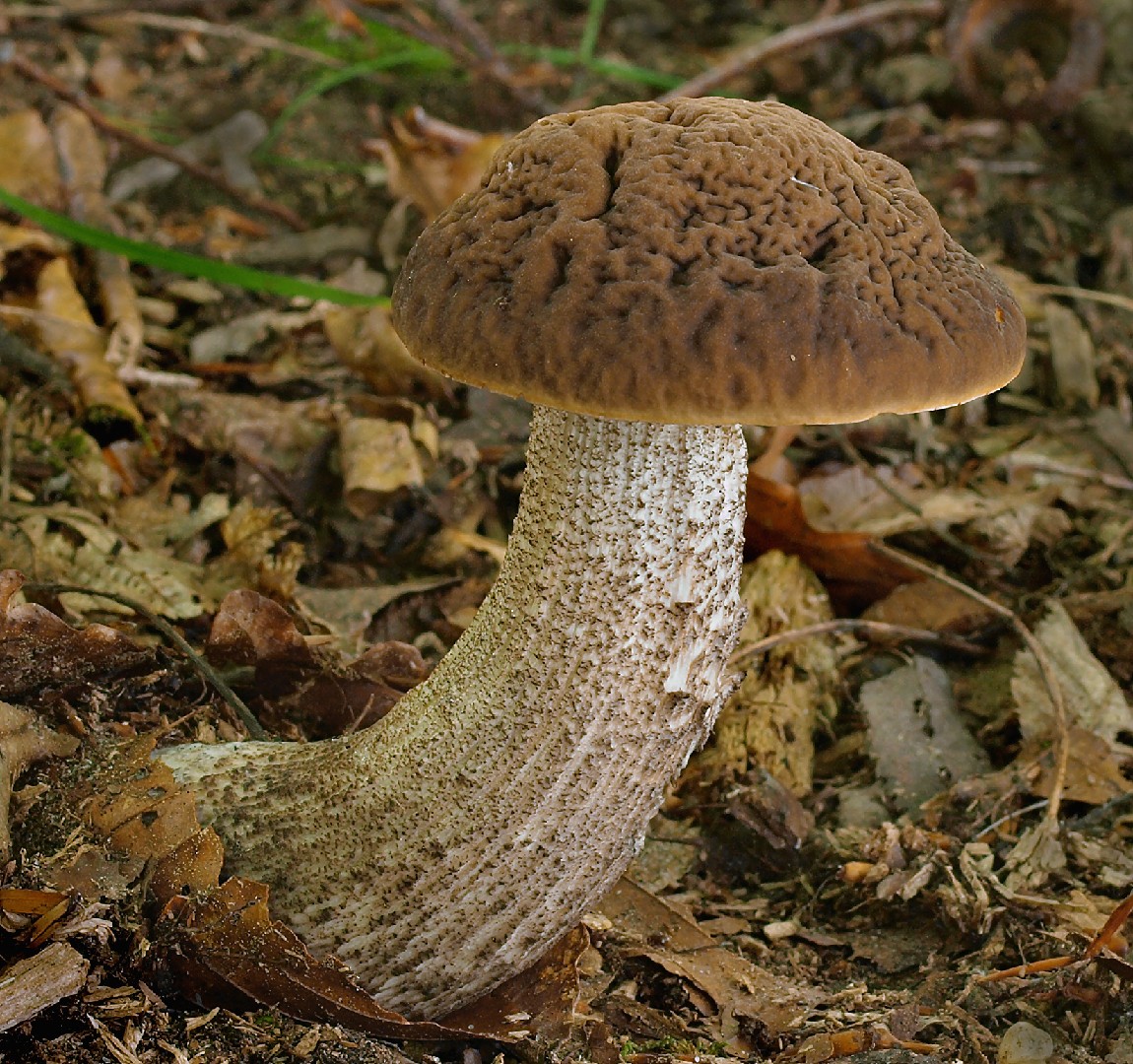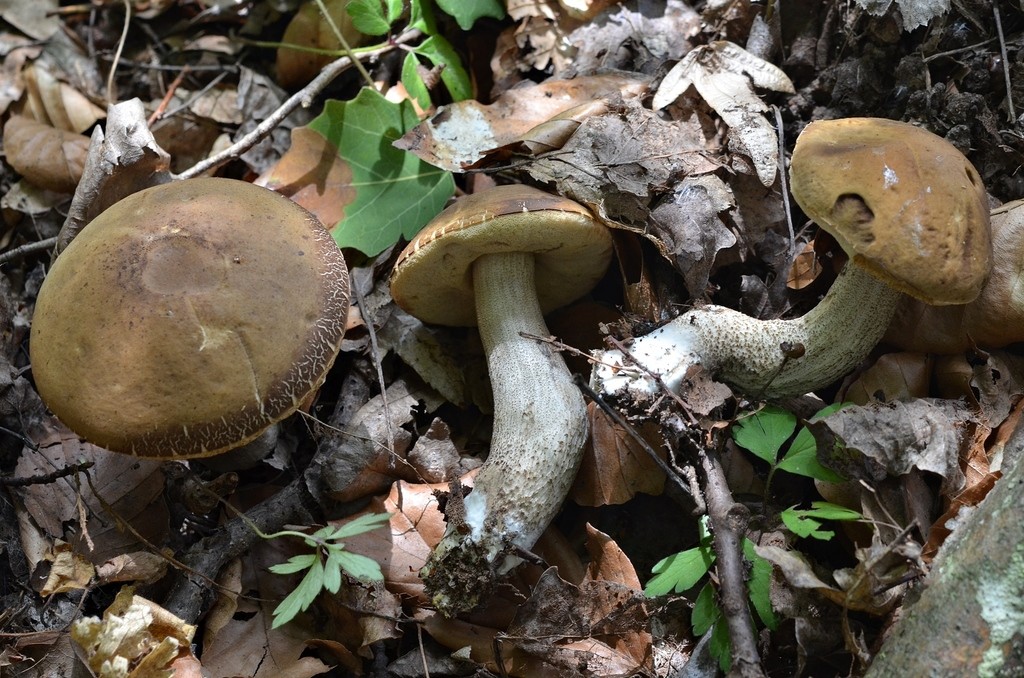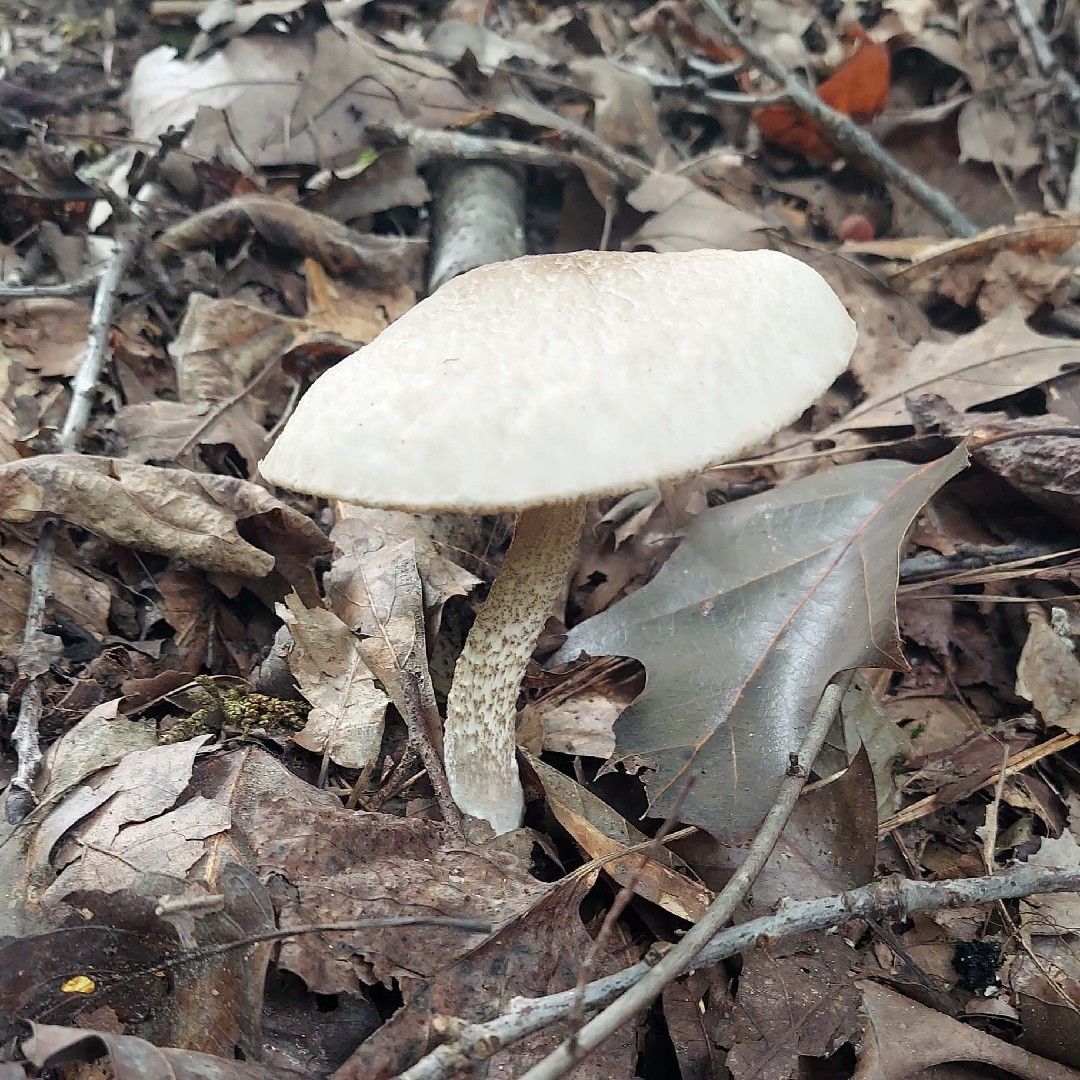Leccinellum
Scientific name: Leccinellum
Leccinellum
Scientific name: Leccinellum
 Photo By Brain Johnson
Photo By Brain Johnson Description
Leccinellum includes fungi that enjoy symbiotic relationships with trees. Found mainly in woodland areas, they often appear as companions to birch and oak trees. The caps of leccinellum are typically velvety in texture, providing a distinctive feature for mushroom enthusiasts. They have thick, meaty stalks, providing stability as they rise from the forest floor. The presence of leccinellum often indicates a healthy, thriving woodland ecosystem.
Species of Leccinellum
Scientific Classification
Phylum
Club fungi Class
Mushroom-forming fungi Order
Boletes and allies Family
Boletes Genus
Leccinellum 

